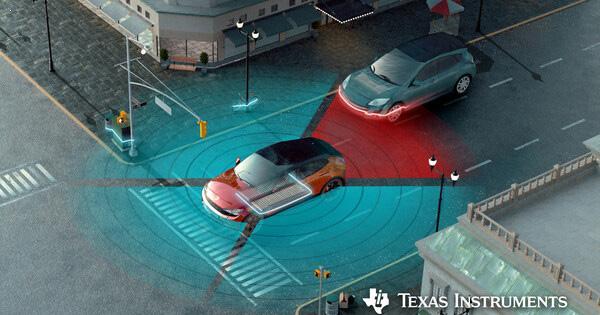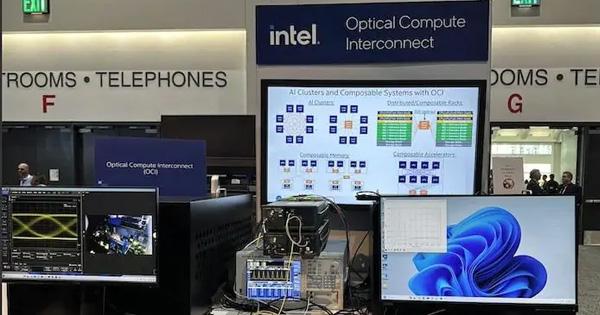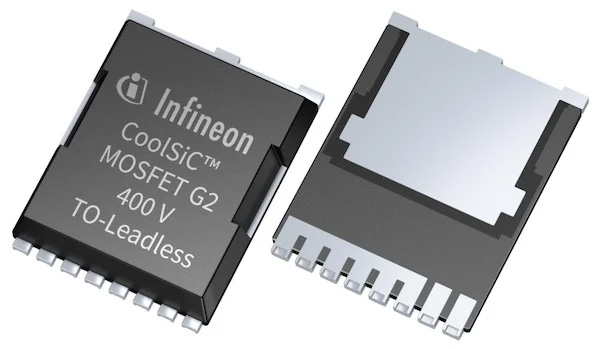
New Automotive MCUs From Infineon Score AI-Specific Safety Compliance
Infineon announced its newest series of automotive MCUs with neural acceleration at Embedded World 2024. As AI and machine learning models gain traction in many industries, users are raising questions about the safety and utility of machine intelligence. Infineon hopes to address this concern with its latest MCUs, allowing engineers to incorporate AI models in safety-critical applications such as automotive use cases.
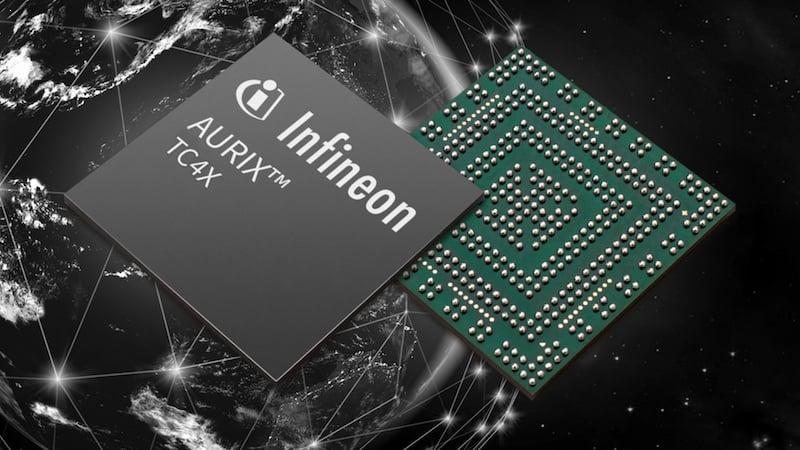
The AURIX TC4x MCUs. Image used courtesy of Infineon
This article takes a closer look at the AURIX TC4x family of automotive MCUs with comparisons to previous generations. We'll also review the AI safety and compliance baked into the MCU family, designed to bring machine learning and AI-enabled performance to more applications.
Ensuring Safety in AI
The AURIX TC4x family complies with the SAFE AI framework proposed by the Fraunhofer Institute for Cognitive Systems IKS. This framework provides rigorous safety standards to ensure that AI models controlling potentially dangerous devices such as automobiles or industrial equipment are robust and trustworthy, allowing them to target a wider range of applications that may have once been considered too risky for machines to control.

Juergen Schaefer, senior principal at Infineon's automotive division (left), discusses the importance and potential of SAFE AI compliance with All About Circuits editor-in-chief Jeff Child (right) at Embedded World 2024 in Nuremberg, Germany.
The SAFE AI framework evaluates potential AI-enabled devices in terms of robustness, data utility, and operational design domain. In order to accelerate compliance and time to market, Infineon has included functional safety measures inside its TC4x family to ensure that current (and potentially future) AI regulations can be met.
While this may not be as useful for simple AI models, for more complex AI models controlling safety-critical devices, adhering to the SAFE AI framework can greatly extend the utility of today’s AI techniques.
Parallel Processing Ready
The TC4x family includes a 500-MHz TriCore processor and up to 25 MB of on-chip Flash memory. It can also interface with external memories. The chips come equipped with the AURIX AI Accelerator Suite, comprising a parallel processing unit, data routing engine, DSP core, radar accelerator, and security accelerators.
Together, these features allow the chip to easily target many automotive sensor use cases where radar sensors may be common. The chip can interface well with common automotive communication ports, including 5-Gbps Ethernet, PCIe, CAN-XL, and more—all of which can be augmented with the data routing engine to further improve performance.
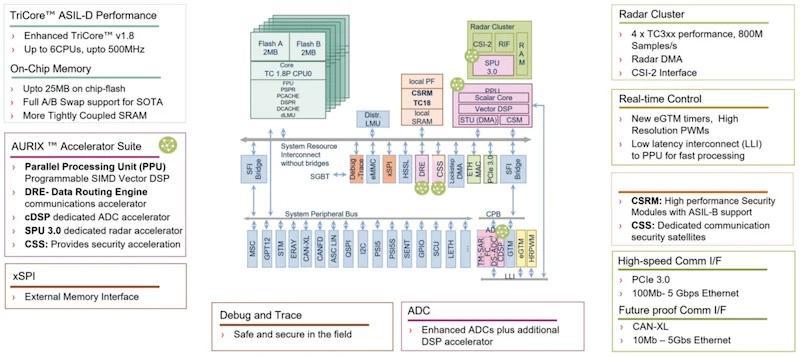
The block diagram of the TC4x family highlights the AI acceleration and safety standards built into the device. Image used courtesy of Infineon (Click to enlarge)
The MCUs comply with ASIL-D and ISO 21434, providing enhanced safety and security performance. They also include Safe DMA, further improving the new family's latent security. Infineon simplifies development with the TC4x family with SDKs and drivers. The company also supports older TC3xx algorithms and ecosystems to ease the transition to new devices.
Safe AI Reshaping Automotive Functionality
With innovations such as the SAFE AI framework and the TC4x family, AI could be more broadly adopted as a replacement for traditional sensing paradigms. Consider, for example, a vehicle predicting the position of a gear without relying on a position sensor.
Though AI is certainly not a one-size-fits-all solution, the improved safety and security in the TC4x family may extend machine learning and intelligence to a wider variety of safety-critical applications, especially as users and designers begin to trust in and rely on AI more.


